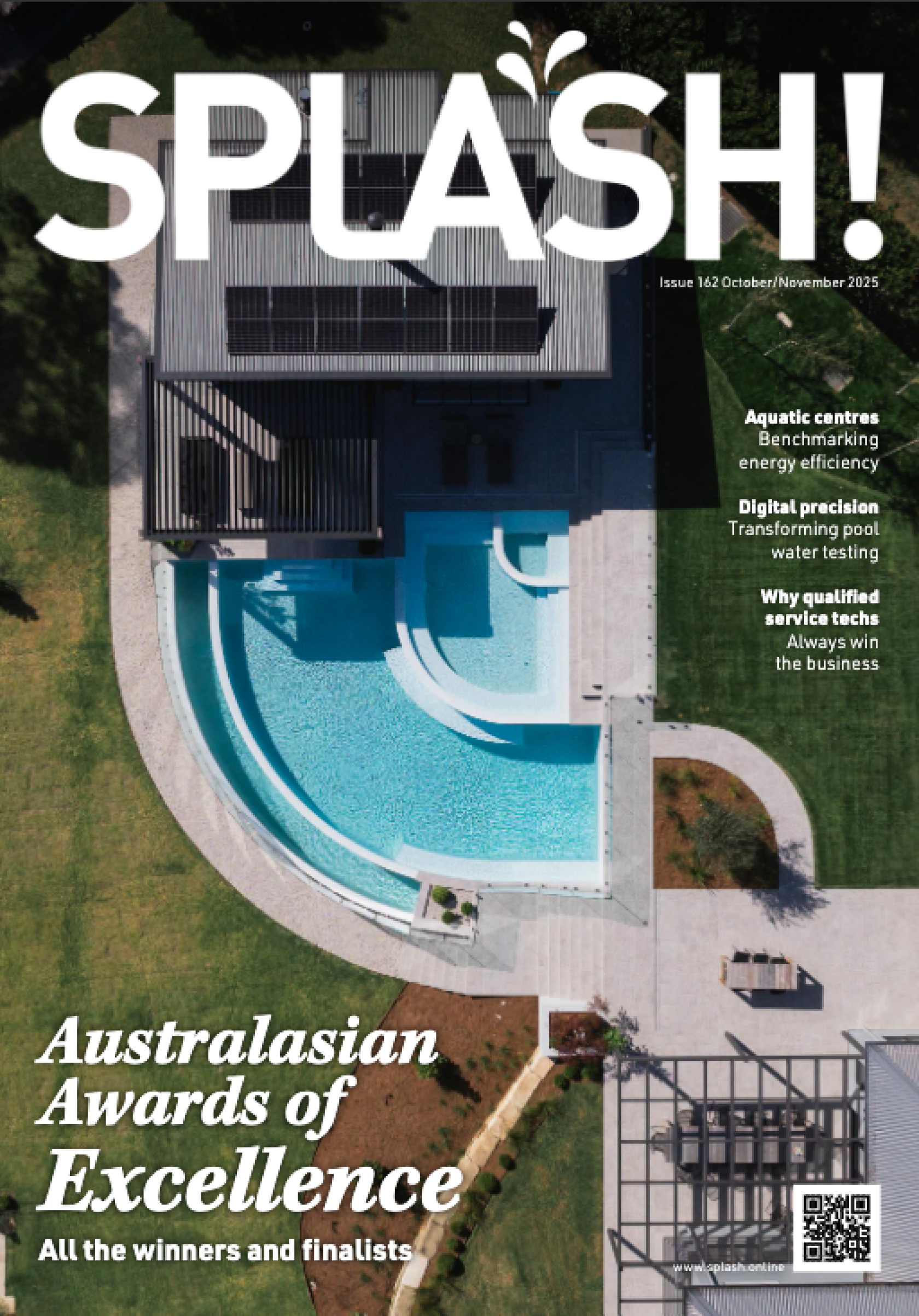SPASA Australia rejects draft Temporary Swimming Pool Fencing Standard
Standards Australia is calling for feedback on its proposed draft standard AS4687.4:2021 Temporary swimming pool fencing which has now been released for public comment.
Following consultation with industry members, SPASA Australia has responded to Standards Australia, emphatically rejecting the draft standard.
The objective of the draft standard is to set out requirements for the construction and installation of temporary pool fencing in order to provide protection to the public and to restrict unauthorised access to swimming pool construction, repair or renovation sites.
SPASA Australia has a number of concerns about the draft standard, in particular that it replicates the completed pool requirements of AS1926.1 for the temporary fencing standard, and by doing so treats pool excavation more stringently than other excavations that pose the same or greater risks.
The proposed changes are highly impractical and will create considerable expense and difficulty for swimming pool builders and their clients.
SPASA COO, Spiros Dassakis says that the draft standard will not work if published without amendment.
“SPASA Australia’s submission raises many valid and significant concerns that would add thousands of dollars onto the cost of every swimming pool construction project in Australia, with no added benefit to safety,” he says.
Submission
In their submission, SPASA says that the AS4687.4 - Temporary swimming pool fencing draft, if approved unamended, will make it unfeasible and impractical for the swimming pool and spa industry to satisfactorily comply with the requirements set out within the regulations.
The statistics indicate that swimming pool construction in residential backyards is significantly much safer than other general construction and yet the stringency proposed in the draft is more onerous for one sector of the construction industry compared to other sectors.
SPASA Australia does not support the draft without amendment for the following reasons:
▪ Concepts such as NCZs and other AS1926.1 requirements are for permanent and compliant
barriers only.
▪ Applying NCZs to a construction site does not work.
▪ Duplicating AS1926.1–2012 requirements into AS4687 is fraught with significant and negative unintended consequences.
▪ Safety control measures on a construction site are often temporary and always dynamic in nature.
▪ Testing under AS1926.1 is for permanent barriers and is not possible for AS4687 products,
systems and associated infield application and testing.
▪ Temporary fencing is installed to provide a visual cue and restrict unauthorised access to a site under construction only.
▪ Temporary fencing is regularly relocated on site due to the dynamic nature of construction sites.
▪ Not all temporary fencing requires a gate unit (and should not be required to have a gate unit in many instances).
▪ The impost to the swimming pool and spa industry would be crippling if the current proposed standard was published without amendment.
▪ The construction of a swimming pool and/or spa is no different to that of a car park or building, excavation or any other work involving the removal of soil or rock from a site.
▪ A swimming pool or spa under construction is not yet a swimming pool until it has been completed and approved for use as a swimming pool.
Alternate path forward
Dassakis says in his submission that the standards committee should pause any further work on the draft and consider this alternative pathway:
1. Immediately pause any further work on the AS4687.4 - Temporary swimming pool fencing draft.
2. Create a swimming pool and spa industry specific Working Group.
3. The Working Group to consider all possible options including reporting back to Committee with a workable alternative using the AS4687.2 -Temporary fences and temporary pedestrian barriers as a base.
“Construction site work conditions and processes are complex and dynamic in nature,” he says. “The working landscape of a construction site changes as the project progresses. So do the risks, hazards, maintenance, and review of control measures.
“The draft standard is seeking to replicate the same exact requirements of AS1926.1 Safety barriers for swimming pools insofar as non-climbable zones and other permanent barrier requirements, which is problematic and can never work on dynamic construction sites.
He says that like carpark and building excavations, swimming pools heavily rely on temporary fences and other control measures during construction.
“The problems identified within the draft standard are that they treat the same excavation risks differently for different building types across the other temporary fencing standards.
“While SPASA Australia supports a safe and practical approach to temporary fencing standards for swimming pools construction, the current draft is overly stringent, and this level of stringency will have a significant financial cost and impact to the swimming pool and spa industry and consumers if the draft standard is published without amendment,” he says.
Dassakis implores industry members to provide feedback to Standards Australia.
Providing feedback
Industry members are encouraged to carefully review the draft standard and SPASA’s submission and provide feedback by following below instructions.
You can view, download and comment on the above draft standards by:
1. Visit the Standards Australia Public Commenting page.
2. Register.
3. You may be directed to sign in once you have registered.
4. Enter 4687.4 in the search area.
5. You will then be able to review the draft and comment online.
Feedback deadline: 09/07/2021
Image: Applying NCZs to swimming pool construction sites is impractical and will not work




